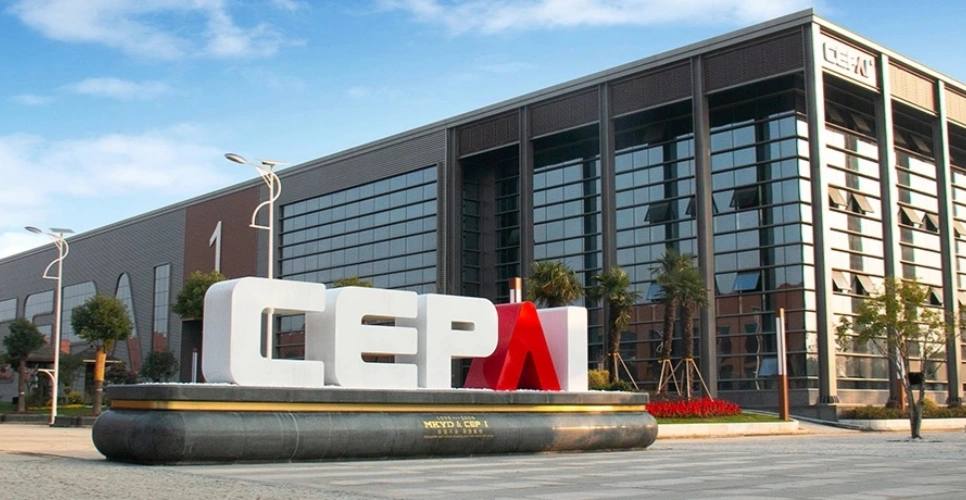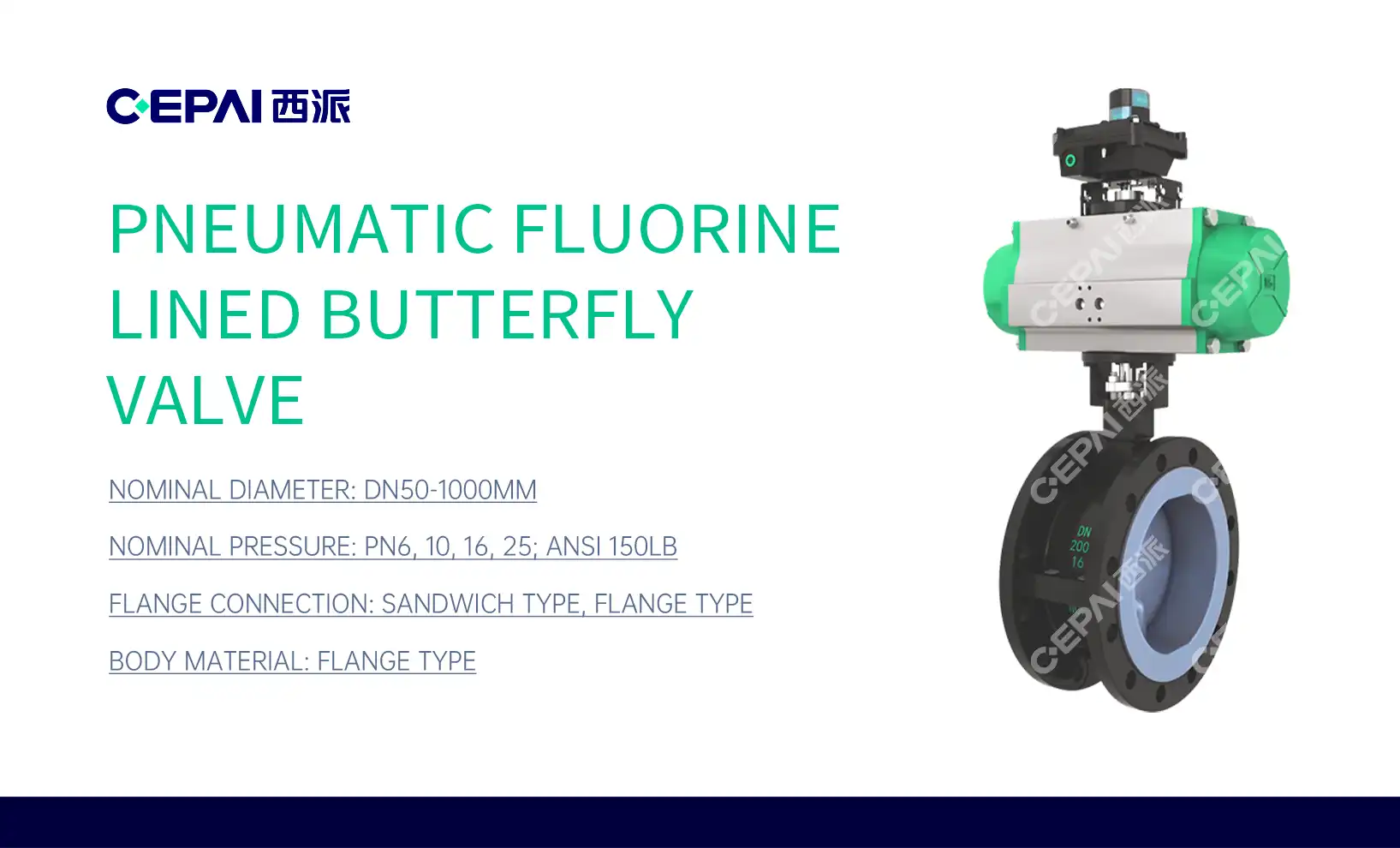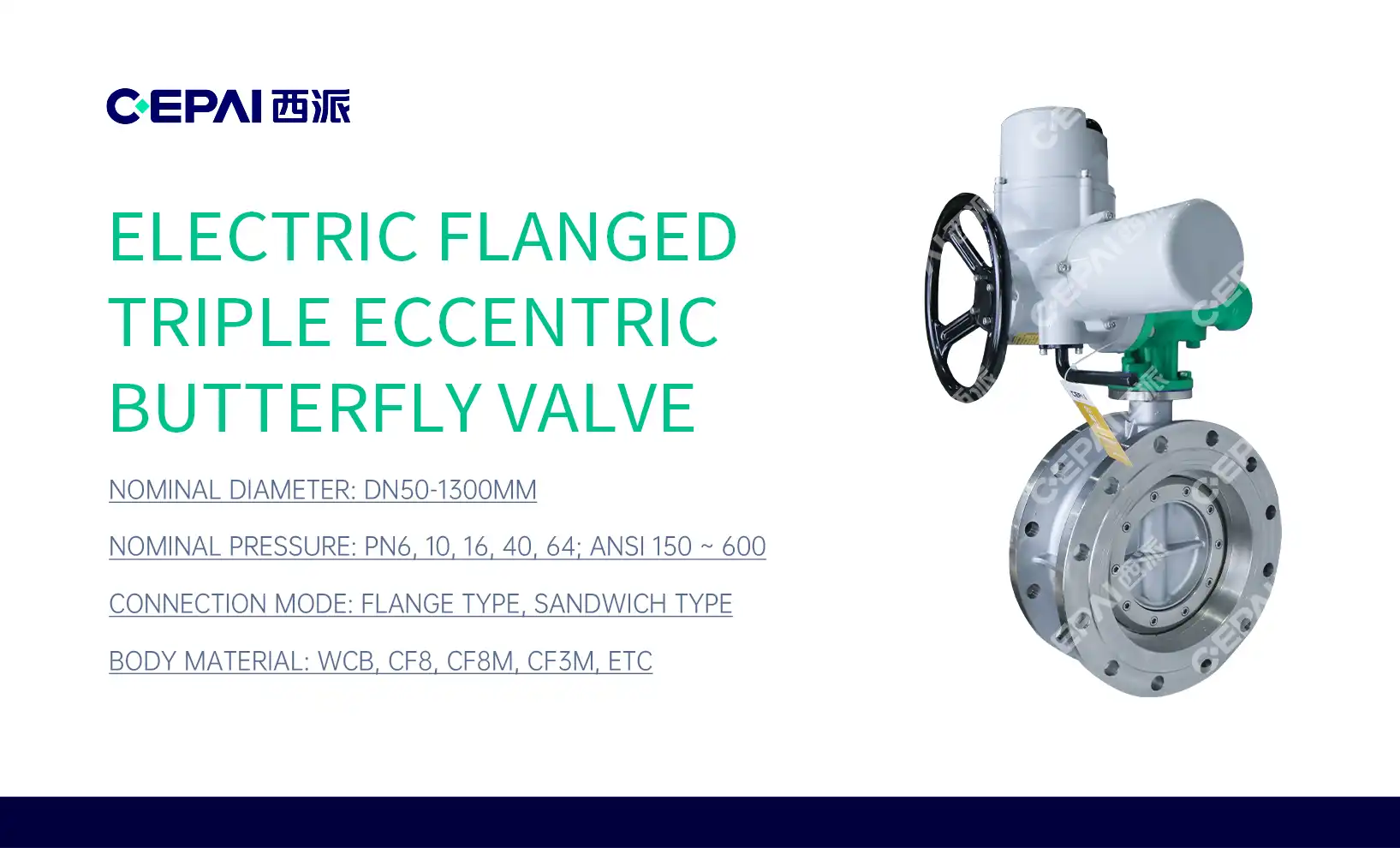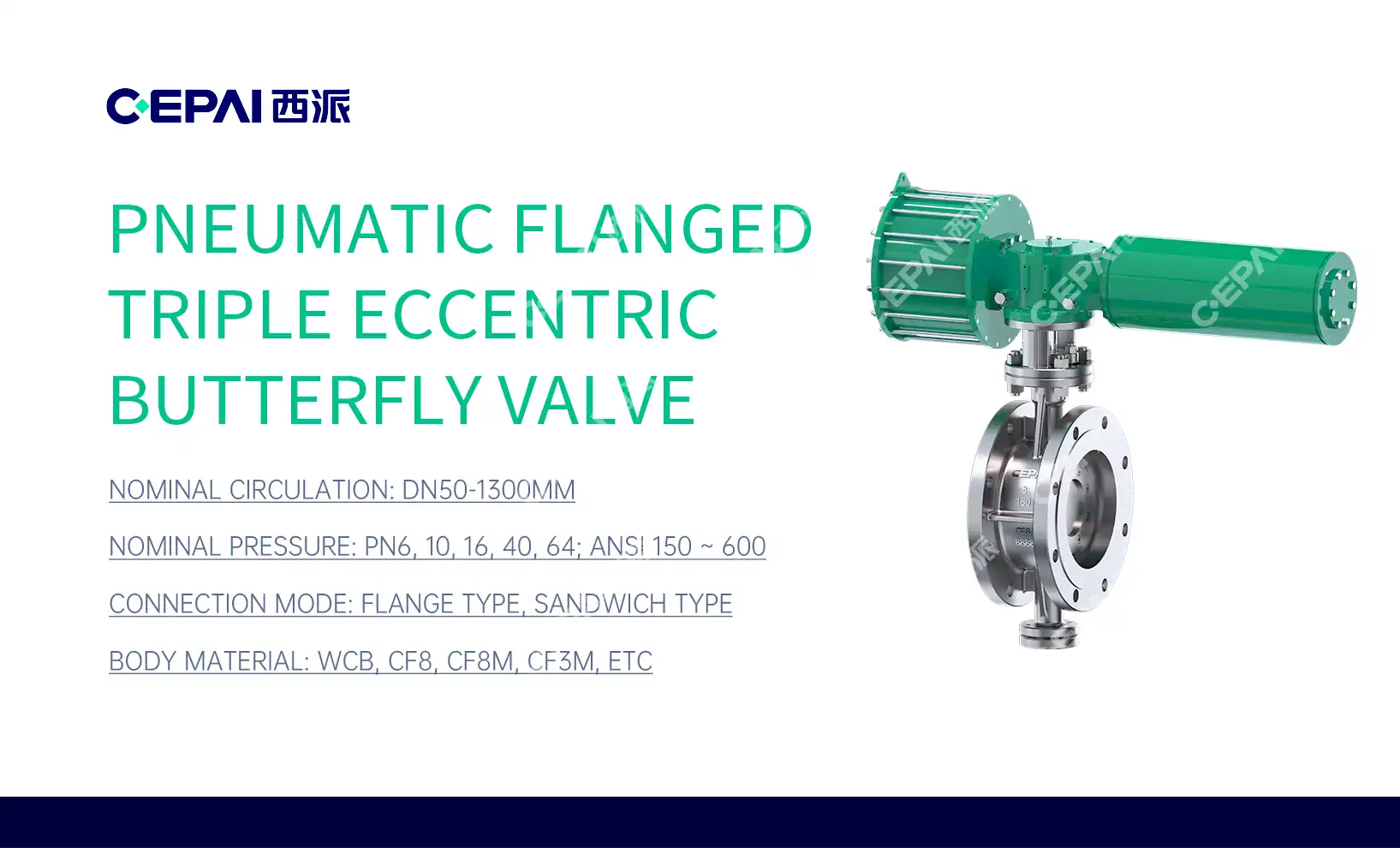Understanding Rubber-Lined Butterfly Valves: Features and Benefits
Composition and Design
Rubber-lined butterfly valves consist of a disc that rotates on a shaft within a circular body. The interior of the valve is lined with a durable rubber material, typically made from elastomers such as EPDM, Nitrile, or Neoprene. This rubber lining serves as a protective barrier between the valve body and the media flowing through it, enhancing the valve's resistance to corrosion and erosion.
The disc, often constructed from materials like stainless steel or ductile iron, is designed to provide a tight seal when closed. The rubber lining extends to cover the seating area, ensuring a leak-proof closure and preventing any contact between the disc and the valve body. This unique design allows for excellent flow control and isolation capabilities.
Key Advantages
Rubber-lined butterfly valves offer numerous benefits that make them a popular choice in various industries. Their lightweight construction and compact design make them easy to install and maintain, reducing overall system costs. The rubber lining provides superior chemical resistance, making these valves suitable for handling aggressive media that would otherwise damage unlined valves.
Another significant advantage is the valve's ability to provide bi-directional sealing, allowing for installation in either direction. This feature simplifies installation and reduces the risk of errors. Additionally, the rubber lining acts as a noise and vibration dampener, contributing to quieter operation and improved overall system performance.
Performance Characteristics
Rubber-lined butterfly valves exhibit excellent flow characteristics due to their streamlined design. When fully open, they offer minimal resistance to flow, resulting in low pressure drop across the valve. This feature makes them ideal for applications requiring high flow rates and efficient energy use.
The rubber lining also contributes to the valve's tight shut-off capabilities. When closed, the rubber lining conforms to the disc, creating a seal that prevents leakage even under high-pressure conditions. This reliable sealing performance ensures process integrity and safety in critical applications.
Applications and Industries Utilizing Rubber-Lined Butterfly Valves
Water and Wastewater Treatment
In water and wastewater treatment facilities, rubber-lined butterfly valves play a crucial role in controlling the flow of various liquids, including raw water, treated water, and chemicals. Their corrosion-resistant properties make them ideal for handling chlorinated water and other treatment chemicals. These valves are commonly used in filtration systems, distribution networks, and pumping stations, where their reliable performance and low maintenance requirements are highly valued.
The ability of rubber-lined butterfly valves to provide tight shut-off is particularly important in water treatment applications, as it helps prevent cross-contamination and ensures the integrity of different treatment stages. Their lightweight design also makes them suitable for large-diameter pipelines, where traditional valve types might be too heavy or cumbersome to install.
Chemical Processing
The chemical industry relies heavily on rubber-lined butterfly valves due to their excellent resistance to a wide range of corrosive and abrasive chemicals. These valves are used in various processes, including chemical manufacturing, storage, and transfer operations. The rubber lining acts as a barrier, protecting the valve body from chemical attack and extending the valve's service life.
In chemical processing plants, rubber-lined butterfly valves are often used for controlling the flow of acids, alkalis, and other reactive substances. Their ability to provide reliable shut-off and precise flow control makes them invaluable in maintaining process efficiency and safety. The availability of different rubber lining materials allows for customization based on specific chemical compatibility requirements.
Power Generation
In power plants, rubber-lined butterfly valves find applications in cooling water systems, ash handling, and flue gas desulfurization processes. Their ability to handle large volumes of water efficiently makes them ideal for use in cooling towers and heat exchangers. The valves' resistance to erosion is particularly beneficial in ash handling systems, where abrasive particles can quickly wear down unprotected valve components.
The power generation industry also values the low-torque operation of rubber-lined butterfly valves, which allows for easier automation and integration with plant control systems. This feature is especially important in large-scale operations where manual valve operation would be impractical or unsafe.
Selection, Installation, and Maintenance of Rubber-Lined Butterfly Valves
Choosing the Right Valve
Selecting the appropriate rubber-lined butterfly valve involves considering several factors, including the nature of the media, operating conditions, and system requirements. The first step is to determine the compatibility between the rubber lining material and the process fluid. Different elastomers offer varying levels of chemical resistance and temperature tolerance, so it's crucial to choose a lining that can withstand the specific operating environment.
Pressure and temperature ratings are also critical factors in valve selection. Ensure that the chosen valve can handle the maximum pressure and temperature expected in the system. Additionally, consider the required flow rate and the valve's Cv (flow coefficient) to ensure it can meet the system's performance needs. For applications involving frequent cycling or modulating control, opt for valves with reinforced disc designs to enhance durability.
Proper Installation Techniques
Correct installation is crucial for the optimal performance and longevity of rubber-lined butterfly valves. Begin by thoroughly cleaning the pipeline and ensuring that there are no foreign objects that could damage the valve or impede its operation. When installing the valve, ensure that it is centered between the flanges to prevent uneven stress on the rubber lining.
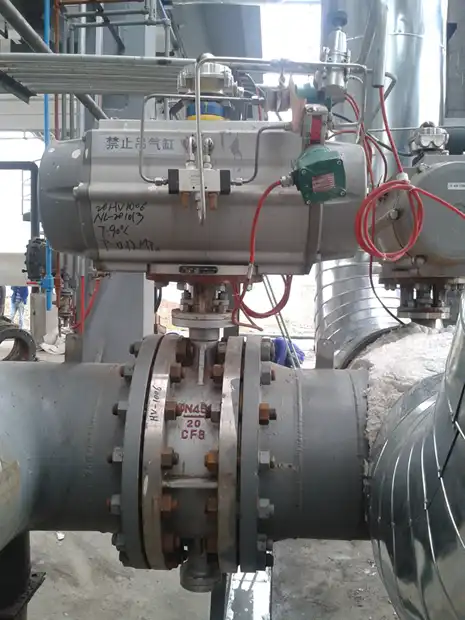
Use care when tightening flange bolts to avoid over-compression of the rubber lining. Follow the manufacturer's recommended torque specifications and tightening sequence. For valves with gear operators or actuators, ensure proper alignment and support to prevent undue stress on the valve stem. After installation, perform a leak test to verify proper sealing and operation before putting the system into service.
Maintenance and Troubleshooting
While rubber-lined butterfly valves are generally low-maintenance, regular inspection and preventive maintenance can significantly extend their service life. Periodically check for signs of wear or damage to the rubber lining, especially in areas subject to high flow velocities or abrasive media. Look for any indications of leakage around the stem seal or body joints.
Lubricate moving parts according to the manufacturer's recommendations to ensure smooth operation. If the valve becomes difficult to operate or fails to seal properly, it may indicate wear of the rubber lining or misalignment of the disc. In such cases, consult the manufacturer's documentation or seek professional assistance for proper diagnosis and repair. With proper care and maintenance, rubber-lined butterfly valves can provide reliable service for many years, making them a cost-effective choice for various industrial applications.
Conclusion
Rubber-lined butterfly valves are versatile and reliable components that play a crucial role in numerous industrial applications. Their unique design, combining the simplicity of butterfly valves with the protective properties of rubber lining, offers exceptional performance in handling corrosive and abrasive media. From water treatment plants to chemical processing facilities and power generation plants, these valves provide efficient flow control, reliable sealing, and extended service life. By understanding their features, applications, and maintenance requirements, engineers and plant operators can make informed decisions to optimize their processes and ensure long-term reliability. As industries continue to evolve, rubber-lined butterfly valves will undoubtedly remain an essential tool in the quest for efficient and durable fluid handling solutions.
FAQs
1. What are the main advantages of using rubber-lined butterfly valves?
Rubber-lined butterfly valves offer corrosion resistance, excellent sealing properties, lightweight design, and cost-effectiveness.
2. How do I choose the right rubber lining material for my application?
Consider factors such as chemical compatibility, temperature range, and abrasion resistance when selecting the rubber lining material.
3. Can rubber-lined butterfly valves be used for high-temperature applications?
While some rubber linings can withstand moderate temperatures, for high-temperature applications, specialized materials or alternative valve types may be more suitable.
4. How often should rubber-lined butterfly valves be inspected?
Regular inspections are recommended, typically annually or as per the manufacturer's guidelines, to ensure optimal performance and longevity.
Expert Rubber-Lined Butterfly Valve Solutions | CEPAI
CEPAI Group Co., Ltd. is a leading high-quality rubber-lined butterfly valves manufacturer and supplier. Our state-of-the-art production facilities, including the longest high-precision intelligent manufacturing flexible production line in the Asia Pacific region, ensure superior product quality and consistency. We offer customized solutions to meet your specific industrial needs, backed by our extensive experience and innovative technologies. For expert advice on selecting the right rubber-lined butterfly valve for your application, contact our team at cepai@cepai.com.
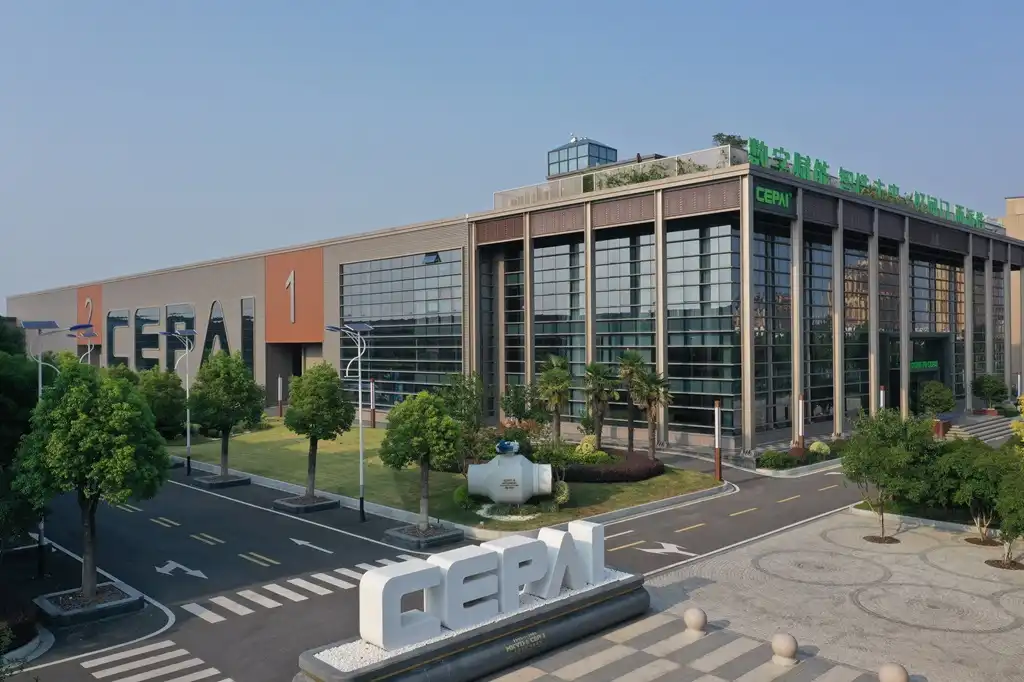
References
Smith, J. (2021). Industrial Valve Design and Applications. New York: Engineering Press.
Johnson, M. (2020). Handbook of Rubber-Lined Valves for Chemical Processing. Chicago: Industrial Solutions Publishing.
Brown, R. (2019). Water Treatment Plant Operations: A Field Study Guide. San Francisco: Environmental Systems Institute.
Taylor, L. (2022). Advanced Materials in Valve Manufacturing. London: Materials Science Journal.
Garcia, A. (2021). Maintenance Strategies for Industrial Valves. Houston: Plant Engineering Quarterly.
Wilson, D. (2020). Flow Control Solutions for Power Generation. Atlanta: Energy Systems Review.

_1746598531170.webp)
